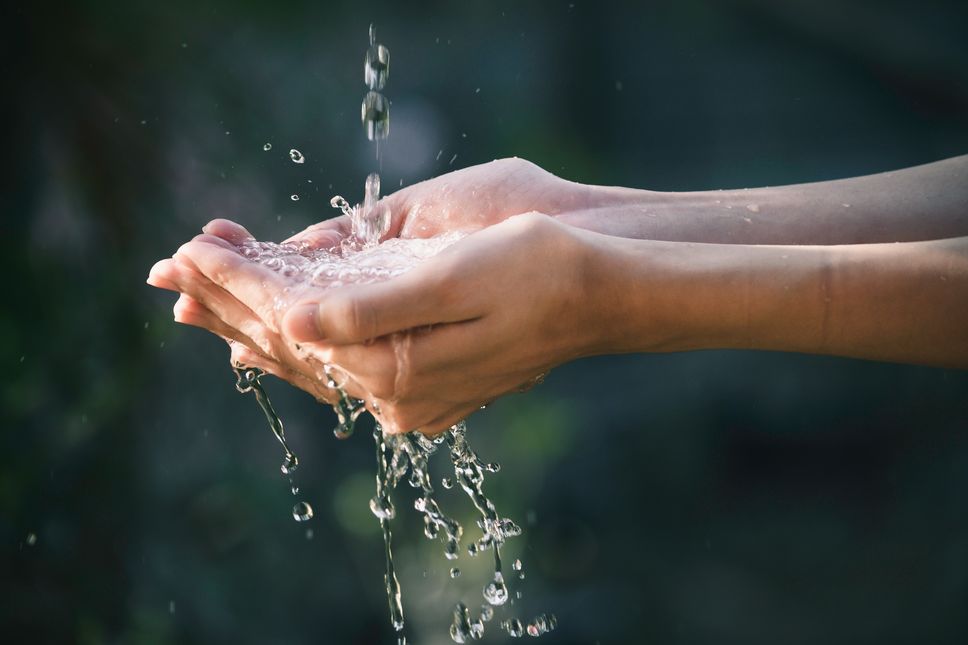
Improve Your Health this New Year with Clean Water
Looking for a New Year’s resolution? Why wait? You can start improving your personal and household health with clean water solutions. The Benefits of Soft Water Learn What’s in Your

Share This Post
Welcome to an insightful guide for optimizing your EcoWater treatment system. Maintaining your system is not only about ensuring clean and soft water but also about understanding the essential care needed to keep it running smoothly. Let’s embark on this journey to elevate your understanding of EcoWater system maintenance.
The EcoWater treatment system’s water softener uses a resin charged with negative ions. The positive ions of the sodium solution activate the resin. When the resin is activated, it softens hard water by filtering out high minerals and other impurities. The resin must “regenerate” or be cleaned and recharged with sodium solution. The EcoWater treatment system performs proportional regeneration at least once or twice a week in the early morning hours, depending on the user’s water usage pattern.
Ensuring the proper salt level in your EcoWater system is crucial for its performance. The automated regeneration cycle handles most maintenance tasks, leaving users primarily responsible for maintaining the salt level in the tank. Maintaining the salt level at around half full is advised, ensuring it stays approximately three inches above the water level or at Level 5. Overfilling the salt tank should be avoided to prevent complications such as salt bridging and salt mushing.
When choosing salt for your EcoWater water softener, consider pellet or nugget-shaped varieties, which come in several types:
Salt bridges are the hard crusts that form in the salt tank, away from the water. These crusts cannot recharge the resin. These crystalline formations occur due to factors like high humidity, sudden temperature shifts, or using an incompatible salt type.
To dissolve the salt bridges back into the water, carefully insert a long object, such as a broom handle, into the salt tank and break apart the crusts. Mix the salt back into the water.
When salt clumps on the bottom of the salt tank, it can turn into a thick layer that does not regenerate the resin effectively and causes blockage. Salt mushing is often caused by using low-quality water softener salt, or the water hardness is too high for the type of salt used.
To remedy this, drain the salt tank of water. Remove the salt mush and replace it with fast-dissolving high-quality salt pellets.
There is a temporary solution if high-quality, fast-dissolving salt is not immediately available. Take out the salt mush, dissolve it in hot water, and return it to the tank. Do this until you can buy better-quality and higher-softening salt.
The Venturi and nozzle system suctions the salt water from the salt tank into the resin tank for regeneration. The Venturi valve is prone to sediments, impurities, and salt-mushing blockages. It will need to be cleaned every six months. Here is a guide on how to clean your Venturi valve.
There are two possibilities if you are still getting hard water or water with impurities:
Regeneration time signifies a phase when the water circumvents the system. This process occurs during the early morning hours. It lasts about an hour. However, if the regeneration schedule is faulty, it can result in receiving untreated water during that hour. It can risk water heaters to have mineral buildup inside them.
To rectify this issue:
The softener system maintenance consists of deep cleaning every 5-10 years. The older it gets, the shorter the years before it must be deep-cleaned again.
Navigating the maintenance and care of your EcoWater treatment system is vital to ensuring its lasting efficiency and performance. Whether it’s understanding salt maintenance, troubleshooting regeneration issues, or planning system deep cleaning, our team, as an EcoWater Systems distributor, is here to assist you every step of the way. Contact us today.
Published on: 1/15/2024
Last updated on: 1/15/2024
More To Explore

Improve Your Health this New Year with Clean Water
Looking for a New Year’s resolution? Why wait? You can start improving your personal and household health with clean water solutions. The Benefits of Soft Water Learn What’s in Your

How to Have Softer Skin Through the Winter | Soft Water Solutions
As we go further into the holiday season, it is not uncommon for the cold weather to cause dry skin. Did you know that the culprit of dry hair, skin,
Request Your Free Water Analysis Today!